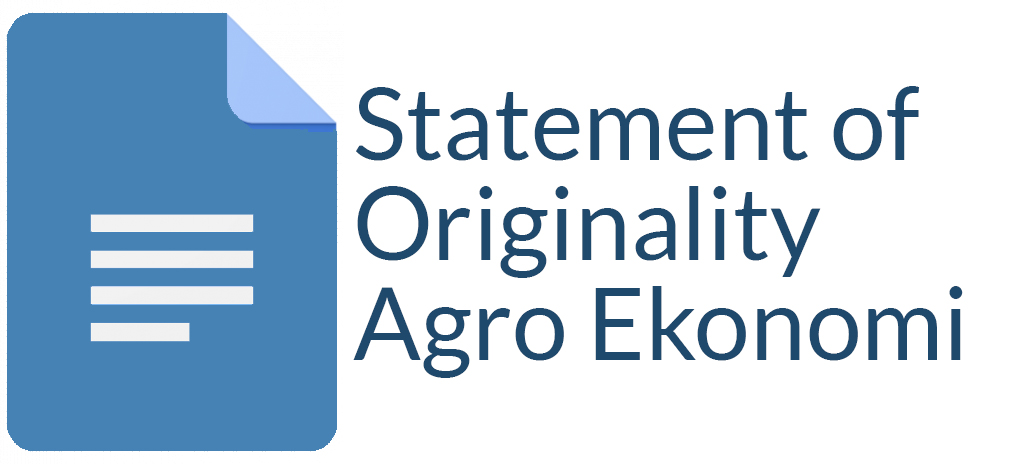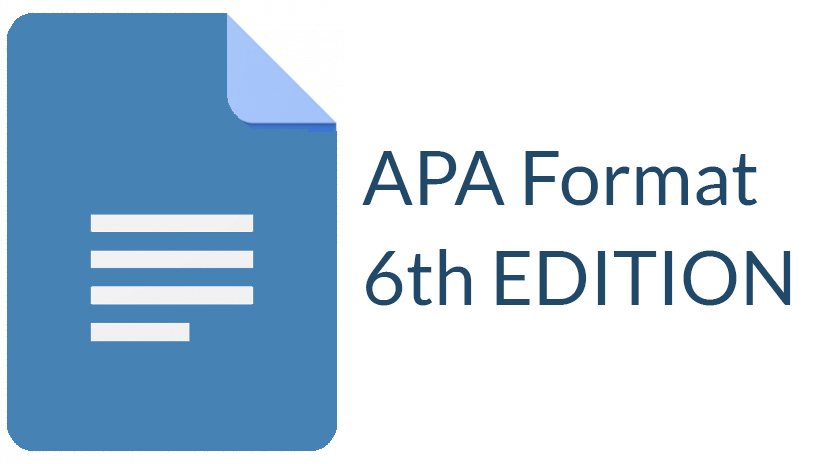Decision-Making Process Of Corporate-Farming Innovation In Bantul Regency
Alia Bihrajihant Raya(1*), Siti Fatonah(2), Ratih Ineke Wati(3), Sri Peni Wastutiningsih(4)
(1) Head of Study Program Extension and Agricultural Communication, Universitas Gadjah Mada
(2) Bachelor in Agricultural Extension and Communication, Universitas Gadjah Mada
(3) Bachelor in Agricultural Extension and Communication, Universitas Gadjah Mada
(4) Bachelor in Agricultural Extension and Communication, Universitas Gadjah Mada
(*) Corresponding Author
Abstract
Corporate farming is an agricultural innovation to answer narrow land tenure problems due to widespread land conversion and land fragmentation. The principle of corporate farming is land consolidation with one joint management. This research attempts to determine the decision-making process for corporate farming innovation in Bantul Regency, using an exploratory approach with the Social Network Analysis (SNA) method and ego-centered network analysis. The ego in this study is the innovator and chairman of the corporate farming team. The results of the study were presented in a sociogram using Pajek software. The actors involved in the corporate farming innovation decision-making process are the head of farmer groups, administrators, team leaders, member farmers, Bantul Regency Agricultural Service, local extension agents, and stakeholders including the Research Team of the UGM Faculty of Agriculture, Bank Indonesia Regional DIY, and BPTP DIY. The introduction stage was carried out in a farmer group meeting, and the UGM Faculty of Agriculture Research Team acts as the innovator. It is followed by the persuasion stage, which explains the benefits of implementing corporate farming during subsequent farmer group meetings. The decision stage is indicated by providing direction, assistance, and financial support, which relied on group agreement to commit corporate farming. The farmer groups’ heads dominated the persuasion stage, the decision stage, and the implementation stage. The differences between corporate farming and individual farming lie in some aspects, such as working together rather than individual work, semi-organic cultivation systems, and optimizing the use of agricultural machinery. At the confirmation stage, 62% of informants disagree to continue corporate farming due to significant drops in production yields. The change in the cultivation system from chemical to semi-organic is one reason for the decline in production.
Keywords: corporate farming, ego-centered network, decision-making process, social network analysis
Keywords
Full Text:
PDFReferences
Badan Pusat Statistik [Central Bureau of Statistics]. (2020). [Seri 2010] Distribusi PDB Triwulanan Atas Dasar Harga Berlaku Menurut Lapangan Usaha (Persen) [Quarterly GDP Distribution at Current Price by Business Field (Percent)], 2014-2020. Retrieved on October 28, 2020, from: https://www.bps.go.id/dynamictable/2015/05/06/828/-seri-2010-distribusi-pdb-triwulanan-atas-dasar-harga-berlaku-menurut-lapangan-usaha-persen-2014-2017.html Badan Pusat Statistik Provinsi D.I Yogyakarta [Central Bureau of Statistics of the Special Region of Yogyakarta]. (2018). Hasil Survei Pertanian Antar Sensus (SUTAS) 2018 Provinsi D.I. Yogyakarta [Results of the 2018 Inter-Census Agricultural Survey (SUTAS) for the Province of D.I. Yogyakarta]. Retrieved from https://yogyakarta. bps.go.id/publication/2018/12/28/5450a38c3ee391845812e9fd/hasil-survei-pertanian-antar-sensus-sutas-2018-provinsi-d-i-yogyakarta.html Bawono, A. T. (2018). Peningkatan efisiensi usaha tani melalui model konsolidasi corporate farming [Increasing the efficiency of farming through a corporate farming consolidation model]. Jurnal Perencanaan, V, 13–24. Dalimunthe, I. M., & Kurnia, G. (2018). Prospek penerapan sistem corporate farming (studi kasus di Koperasi Pertanian Gerbang Emas) [Prospects for implementing a corporate farming system (case study at the Golden Gate Agricultural Cooperative)]. Jurnal AGRISEP, 17(1), 11–22. https://doi.org/10.31186/jagrisep.17.1.11-22 Darusalam, H., Widjayanthi, L., & Subekti, S. (2017). Proses adopsi inovasi pupuk cair organik (biofish) berbahan dasar ikan laut pada komoditas padi di Kecamatan Muncar Kabupaten Banyuwangi [The process of adopting an innovative organic liquid fertilizer (biofish) based on marine fish on rice commodities in Muncar District, Banyuwangi Regency]. Jurnal Ilmu Komunikasi, 6(1), 9–20. Ekowati, T., Prasetyo, E., & Eddy, B. T. (2020). Konsolidasi lahan pertanian untuk meningkatkan produksi, produktivitas dan pendapatan petani [Consolidation of agricultural land to increase production, productivity and farmer income]. Agrisocionomics (Jurnal Sosial Ekonomi dan Kebijakan Pertanian), 4(1), 192–205. Faizaty, N. E., Rifin, A., & Tinaprilla, N. (2016). Proses pengambilan keputusan adopsi inovasi teknologi budidaya kedelai jenuh air (kasus: Labuhan Ratu Enam, Lampung Timur) [Decision-making process for adopting water-saturated soybean cultivation technology innovations (case: Labuhan Ratu Enam, East Lampung)]. AGRARIS: Journal of Agribusiness and Rural Development Research, 2(2), 97–106. https://doi.org/10.18196/agr.2230 Fujiarta, P. I., Sarjana, I. D. G. R., & Putra, I. G. S. A. (2019). Faktor yang berkaitan dengan tahapan adopsi petani terhadap teknologi mesin rice transplanter (kasus pada enam subak di Kabupaten Tabanan) [Factors related to the stages of farmer adoption of rice transplanter machine technology (cases in six subaks in Tabanan Regency)]. Jurnal Agribisnis dan Agrowisata (Journal of Agribusiness and Agritourism), 8(1), 29. https://doi.org/10.24843/jaa.2019.v08.i01.p04 Hertanto, D., Sugiyanto, S., & Safitri, R. (2016). Analisis struktur jaringan komunikasi dan peran aktor dalam penerapan teknologi budidaya kentang (petani kentang Desa Ngantru Kecamatan Ngantang Kabupaten Malang) [Analysis of communication network structure and the role of actors in the application of potato cultivation technology (potato farmer in Ngantru Village, Ngantang District, Malang Regency)]. Jurnal Habitat, 27(2), 55–65. https://doi.org/10.21776/ub.habitat.2016.027.2.7 Kansrini, Y., Febrimeli, D., & Mulyani, P. W. (2020). Tingkat adopsi budidaya yang baik (good agriculture practices) tanaman kopi arabika oleh petani di Kabupaten Tapanuli Selatan [Farmer in South Tapanuli Regency has adopted good agricultural practices of arabica coffee]. Jurnal Paradigma Agribisnis, 3(1), 36–49. Noviyanti, S., Kusmiyati, & Sulistyowati, D. (2020). Adopsi inovasi penggunaan varietas unggul baru padi sawah (Oryza sativa L.) di Kecamatan Cilaku Kabupaten Cianjur Provinsi Jawa Barat [Adoption of innovations in the use of new high yielding lowland rice (Oryza sativa L.) varieties in Cadilah District, Cianjur Regency, West Java Province]. Jurnal Inovasi Penelitian, 1(4), 771–782. Nurhayati, A., & Herawati, T. (2018). Analisis faktor adopsi inovasi perikanan budidaya karamba jaring apung di Waduk Cirata [Analysis of the adoption factor of floating net cage aquaculture innovation in Cirata Reservoir]. Jurnal Penyuluhan, 14(2), 281–288. https://doi.org/10.25015/penyuluhan.v14i2.18928 Perdana, P., Jamhari, & Irham. (2020). Farmers’ willingness to continue corporate farming programs in Jetis Subdistrict, Bantul Regency, Yogyakarta. Jurnal Agro Ekonomi, 31(1), 10–20. Rogers, E. M. (2003). Diffusion of Innovations (Fifth Edit). New York: Free Press. Sunandar, B., Hapsari, H., & Sulistyowati, L. (2020). Tingkat adopsi tanam jajar legowo 2:1 pada petani padi di Kabupaten Purwakarta [The adoption rate of planting legowo row 2: 1 in rice farmers in Purwakarta Regency]. Jurnal Pemikiran Masyarakat Ilmiah Berwawasan Agribisnis, 6(2), 500–518.
Article Metrics
Refbacks
- There are currently no refbacks.
Copyright (c) 2018 Agro Ekonomi

This work is licensed under a Creative Commons Attribution-ShareAlike 4.0 International License.
View My Stats











